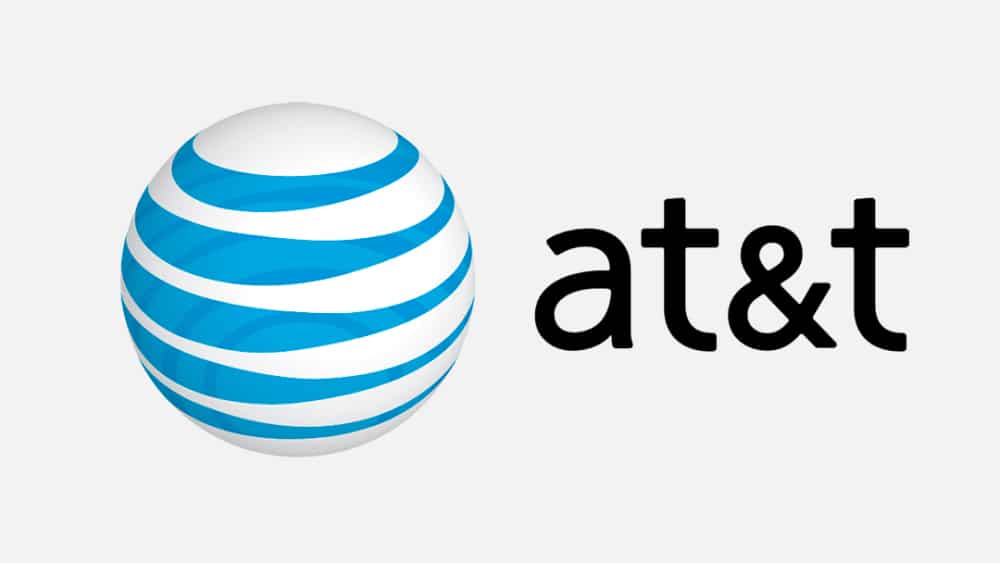In January, AT&T promised to launch its mobile 5G service in multiple cities by the end of the year, but at the time it didn’t name any of them. It later named three of them, and has now added another three.
Then, in February, it was stated that Dallas, Atlanta, and Waco were all in line to get access to the high-speed data service and today Charlotte, Raleigh, and Oklahoma City have made the list.
We’re deliberately launching with a mix of big and mid-sized cities. One competitor recently boasted “New York matters more than Waco” when discussing their future plans. We politely disagree – all Americans should have access to next-gen connectivity to avoid a new digital divide.
A likely explanation is that the carrier wants to gain experience of how the service goes in a variety of different population sizes before the wider roll-out.
The term 5G may still be loosely defined, but AT&T says that it will be adhering to the stricter 3GPP industry standards, though the company admits the ‘multi-gigabit’ claim it previously mentioned is a ‘theoretical peak speed’. Sprint has also named the first US cities to get 5G on its own network.
It’s not yet known whether Apple will choose to support 5G, but what we do know is that the company has not only filed a number of patent applications for the technology but has also been carrying out tests. Apple has also urged the FCC to leave the ‘super-high’ radio spectrum available for both 5G and subsequent innovation.
Perhaps the biggest challenge for wide-scale rollout is that the range of millimeter wave 5G is much closer to Wi-Fi than it is to conventional LTE networks. This means that many more base stations are required. This is being addressed by the development of so-called ‘small cells’ for installation everywhere from street lamps to stores.
